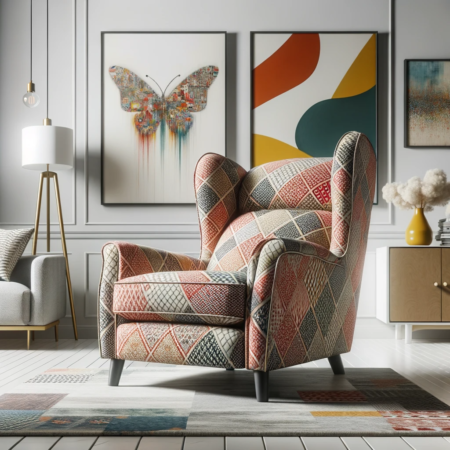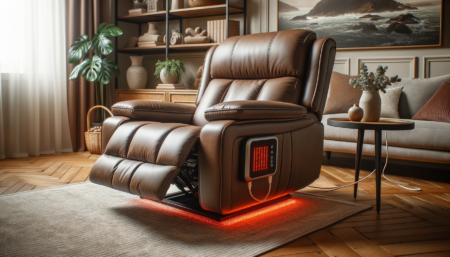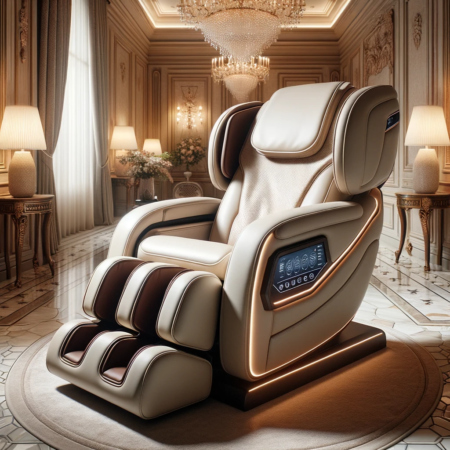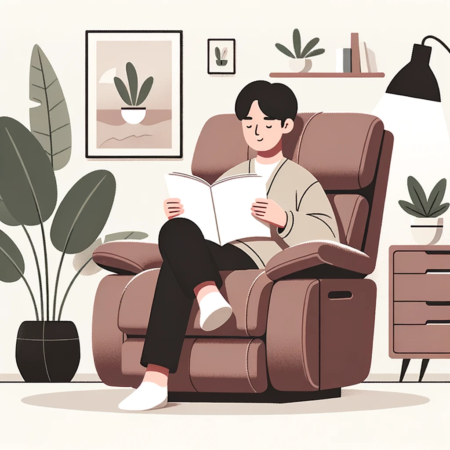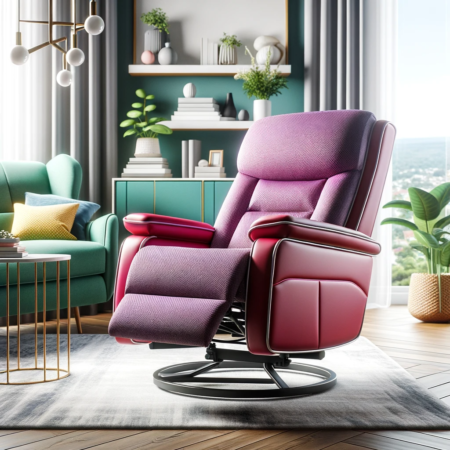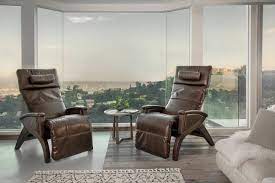Hip pain is a prevalent issue that affects many people, and it can be caused by various factors. When you recline in a chair, your hips are placed in a flexed position. This can put strain on the hip joints and muscles, especially if the chair does not provide good support.
Additionally, if the backrest is too reclined, it can cause the hips to flex too much. This can also put strain on the hip joints and muscles.
In this article, we will explore the causes of hip pain while sitting on a recliner and how to prevent it. Our purpose is to provide you with tips and solutions to adjust your posture while sitting on a recliner to avoid hip pain.
Hip Pain: Recliner Factors
Poor Ergonomics
Recliner chairs vary in design, and not all are ergonomically friendly. Some may lack proper lumbar support or fail to provide adequate hip and thigh support. This poor ergonomic design can lead to discomfort and eventually hip pain.
Renowned ergonomics specialist, Dr. Emma Williams, emphasizes the importance of choosing a recliner chair that aligns with your body’s natural posture to prevent hip strain.
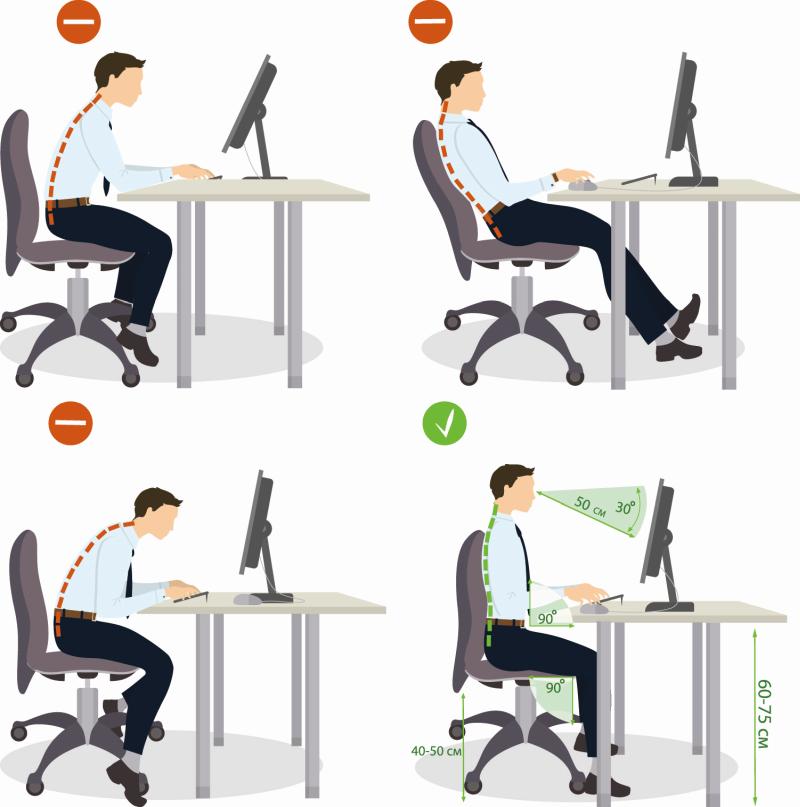
Prolonged Sitting
Prolonged sitting, even in the most comfortable chair, can lead to trouble. Hours on end without a break can cause stiffness in your hips and reduced blood flow, which is not exactly friendly to your joints.
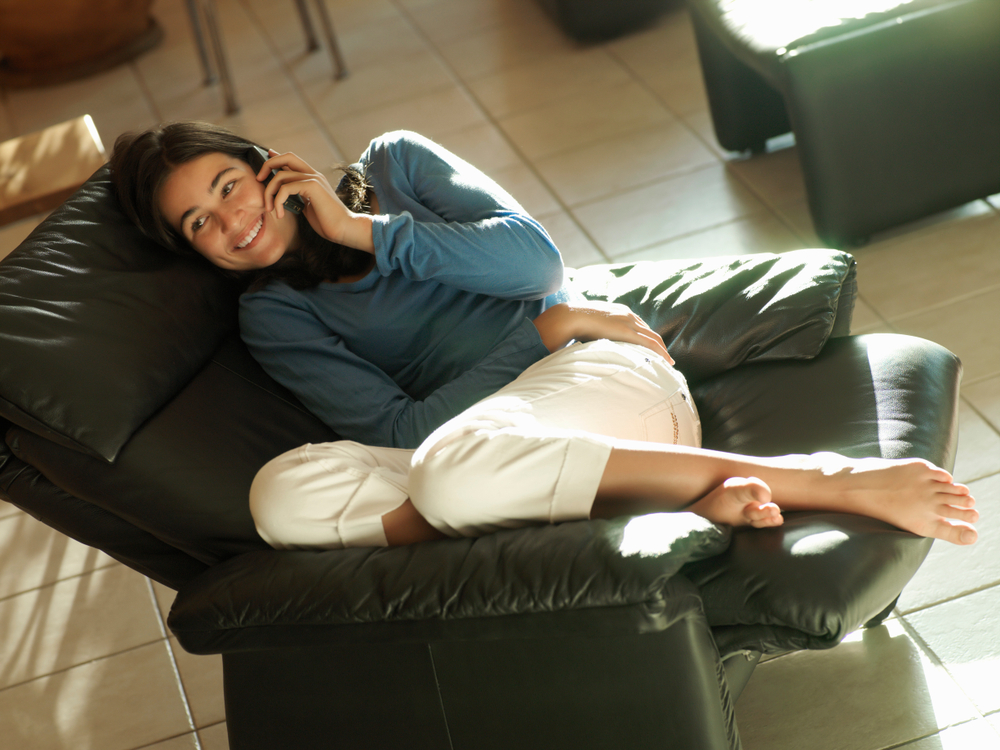
Existing hip problems
People with existing hip problems, such as arthritis or bursitis, are more likely to develop hip pain from recliners.
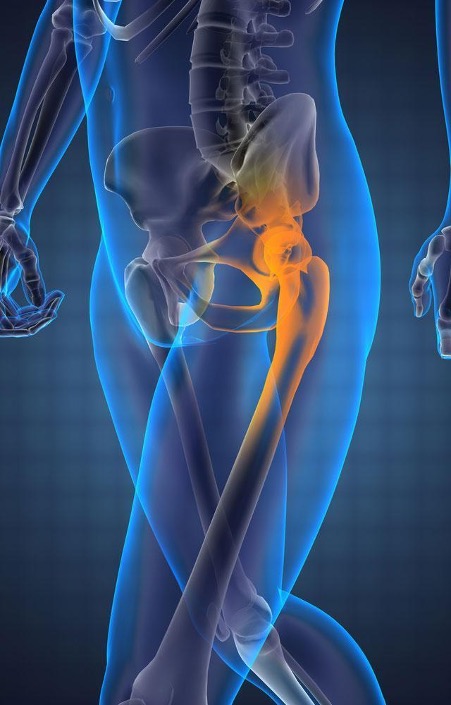
Age-Related Factors
As we age, our joints naturally undergo wear and tear. Recliner chairs that do not provide proper support can exacerbate hip pain, especially in older individuals.
Our hips, too, are not immune to changes. Over time, joint flexibility may decrease, and the cushioning between the hip joints may wear down. When coupled with a recliner that doesn’t offer adequate support, these age-related changes can translate into discomfort and pain.
Research conducted at renowned medical institutions like the Mayo Clinic has revealed that older individuals may be more susceptible to hip pain from recliner use due to age-related changes in joint health.

Poor Sitting Posture
Imagine sinking into the plush embrace of your recliner, but with poor posture. Slouching or sitting awkwardly can throw your hip alignment out of whack. This, in turn, can trigger discomfort that escalates into a nagging pain, all while you thought you were relaxing.
Lack of Movement
Your recliner may cradle you in comfort, but it’s not a personal trainer. Without periodic movement, your hip muscles can become lethargic, leading to aches and pains. Your hips thrive on motion, so remember to take a stand, quite literally, from time to time.
Preventions
Absolutely, let’s explore the practical steps you can take to prevent hip pain while sitting in your recliner:
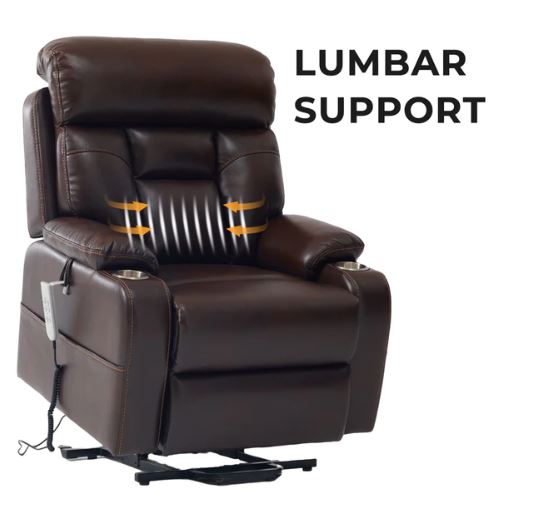
1. Use Cushion Overlay:
Consider adding a pressure redistribution cushion overlay to your recliner. These cushions are designed to evenly distribute your weight, reducing pressure points and minimizing the risk of hip discomfort.
2. Recliner with Lumbar Support and Adjustability:
Opt for a recliner that offers proper lumbar support and adjustability. This ensures that your spine and hips are in a comfortable and well-aligned position, reducing the chances of hip pain.
3. Heat Therapy and Massage Functions:
Many modern recliners come equipped with heat therapy and massage functions. These features can help relax your hip muscles and alleviate tension, promoting hip comfort.
4. A Zero Gravity Chair:
If you have chronic hip pain or discomfort, a zero gravity chair can be a game-changer. These chairs distribute your weight evenly and elevate your legs, which can significantly reduce hip pressure.

5. Hips Slightly Higher than Knees:
Adjust your recliner so that your hips are slightly higher than your knees when seated. This position can relieve stress on your hip joints and maintain a more natural alignment.
6. Sit with Chest Up:
Maintain good upper body posture while seated in your recliner. This ensures that your spine is properly aligned, reducing the risk of hip pain.
7. Keep Knees Slightly Apart and Uncrossed:
Crossing your legs or bringing your knees too close together can put unnecessary strain on your hip joints. Keep your knees slightly apart and in a relaxed position.
8. Cushion Behind the Lower Back:
If your recliner lacks adequate lower back support, place a pad or cushion behind your lower back to maintain the natural curve of your spine.
10. Take Breaks and Stretch:
Lastly, remember to take regular breaks. Every 30 minutes, stand up, stretch, and walk around for a few minutes. This prevents stiffness and promotes better hip circulation.
By implementing these precautions and adjustments, you can transform your recliner into a haven of comfort and relaxation while keeping hip pain at bay.
Are there specific types of recliner chairs better for hip health?
Zero gravity chairs, which elevate the legs and evenly distribute body weight, are often recommended for individuals with hip pain or discomfort. These chairs can reduce pressure on the hips.
What should I look for when buying a recliner chair to prevent hip pain?
Look for a chair with proper lumbar and hip support, adjustable features, and a design that aligns with your body’s natural posture. Test the chair for comfort and fit before purchasing.
Are there exercises I can do to alleviate hip pain caused by recliner chair use?
Yes, hip-strengthening exercises and stretches can help alleviate discomfort. Consult a physical therapist for personalized exercises tailored to your needs.
Is it okay to spend hours in a recliner chair if I have no hip pain?
Even without hip pain, it’s advisable to take regular breaks when sitting in a recliner chair. Prolonged sitting can lead to stiffness and reduced circulation, which can impact hip health over time.
Can using cushions or accessories make recliner chairs more hip-friendly?
Yes, cushions, wedge pillows, or pressure redistribution overlays can help optimize hip positioning and reduce strain while using a recliner chair.
Conclusion
It is vital to underscore the significance of responsible chair usage. Recliner chairs can indeed provide unparalleled comfort, but their design and how we use them matter greatly. Maintaining good posture, taking regular breaks, and selecting a chair that suits your needs can make all the difference in preventing hip pain.
Do recliner chairs cause hip pain?, depends largely on how we interact with these comfy companions. With the right knowledge and precautions, you can bask in the soothing embrace of your recliner, free from the woes of hip discomfort. Must take break after 30 minutes and keep cushion and hips slightly higher than knees.
